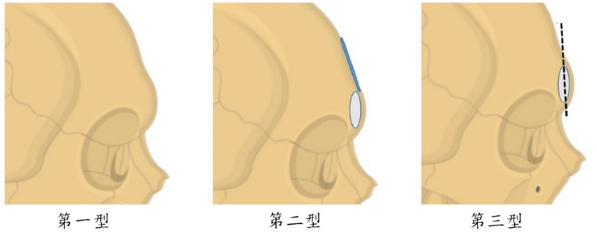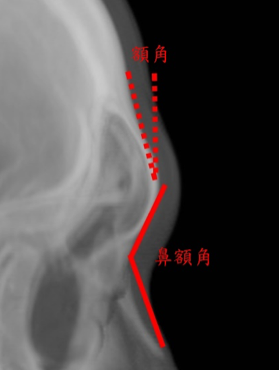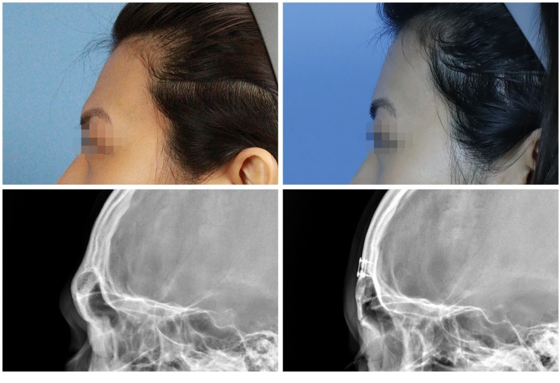Forehead feminized surgery is becoming more and more important in the transgender field. When masks
could cover most of
the features of the face, the obvious protrusion of the forehead often needs more bangs or deeper
makeup to achieve the
effect of concealment. In the past, a prosthesis implanted over the forehead might be a routine
option, but the height
difference of the edge of the prosthesis or the transposition of the prosthesis often made people
daunted.
Forehead
feminizing surgery provided a larger nasofrontal angle and reshaped the orbital rim. This not only
afforded a forehead
fullness but also alleviated the orbit hollowness.

-
Type I
There is almost no air chamber in the frontal sinus, and the proportion of this population is the lowest. Usually, the protruding part could be shaved. -
Type II
There are air cells in the frontal sinus. The protruding frontal sinus is accompanied by thinning and depression of the surrounding bone tissue. The prosthesis is usually used to achieve forehead fullness. This type is commonly seen in females. The protheses implantation is not suitable for those with large nasofrontal angles, like males. -
Type III
There are air cells in the frontal sinus. The protruding frontal sinus is accompanied by significant orbital rim. The treatment mainly focused on protruding frontal sinus smoothing and the orbit rim reshaping.
-

- Frontal angles
Male: 10±4˚
Female: 6±5˚ - Nasofrontal angles
Male: 130±7˚
Female: 134±7˚
- Frontal angles
-

A comparison between preoperative (left) and postoperative (right) findings.
Facial bone CT survey, hormone therapy suspended for 2 weeks.
- Locationscalp incision about 4cm behind hairline.
- Anesthesiageneral anesthesia.
- Duration4-6 hours.
- Targetfrontal bone set-back surgery + bilateral orbit rim reshaping + bilateral temporal area fat grafting.
- Drainage tube remove on postoperative day 2.
- Remove scalp stitch on postoperative day 14.
- Hair clearance with normal saline in 1st week after operation.
- No smoking.
- Scalp paresthesia, facial nerve numbness, eyelid edema, acute hair loss.